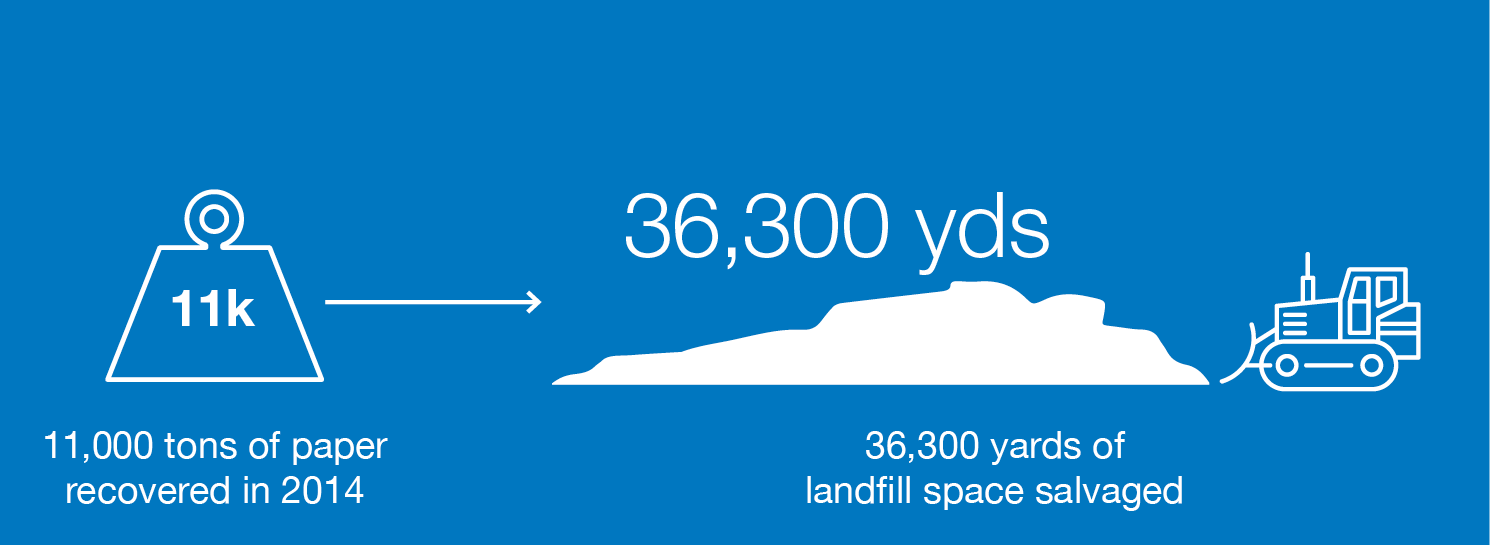
This environmentally conscious paper can do just about everything else its non-recycled counterparts can do. Learn more about recycled paper and its impact on the environment.
Recycled paper is sometimes referred to as “post-consumer paper.” This paper is made from scrap material that was left over during a manufacturing process, or from post-consumer materials that were originally used in home or industrial settings. Since those materials can no longer be used for their original purposes, these materials are given a second lease on life as material for recycled paper. Before these products are used in recycled paper, they are processed at a paper mill and all contaminants are removed before they’re made into new recycled paper.
In order to be classified as recycled paper, its contents must meet the strict regulations of the Federal Trade Commission (FTC). According to the FTC, recycled paper must contain 100% post-consumer recovered fiber. If paper does not contain 100% post-consumer recovered fiber, it is classified as recycled-content paper. This means, if paper has only 30%, 70% or even as much as 90% recycled fiber, it is still considered “recycled-content paper” and not 100% recycled paper.

How to know if your paper is 100% recycled:
Recycled paper can be used for everyday office needs such as sending faxes, making copies, or printing documents. Recycled paper has been used to print money and other items, too. Some organizations actually prefer you use recycled or recycled-content paper. For instance, some government agencies require respondents to submit requests for proposals (RFPs) on recycled paper to prompt potential colleagues to think with the environment in mind.
According to the American Forest & Paper Association (AF&PA), over 11,000 tons of paper were recovered for recycling in 2014. This is a 57.8% rate of all paper used throughout the entire U.S. This is nearly double the amount of recovered paper that has been recycled since 1990. Recycled paper has a positive impact on the environment. By recycling materials used to make paper into new paper, it increases the supply of paper fibers. This process also cuts down on the amount of landfill space in the U.S. For every ton of paper that is recycled, 3.3 cubic yards of landfill space are salvaged, taking up less space on the planet.

Recycled Paper and the Environment
Recycled paper and recycled-content paper are slightly more expensive than non-recycled paper. This is because it costs more to process pre- and post-consumer materials and refine them into recycled paper. Another reason why recycled paper costs more is because there is a greater demand for new paper. Yet, there is no major difference between recycled (or recycled-content) paper and new paper. Both can be used for the same projects. It’s truly up to the user as to which option they prefer.